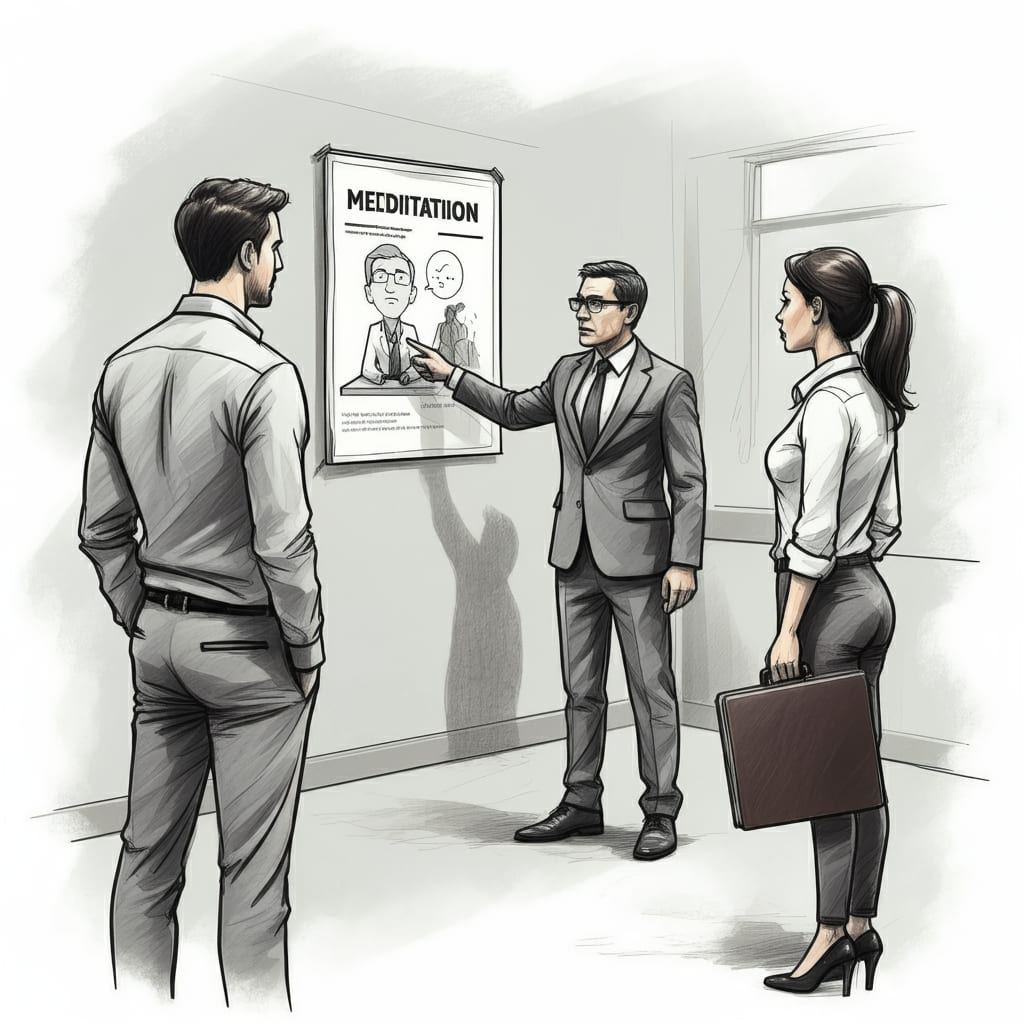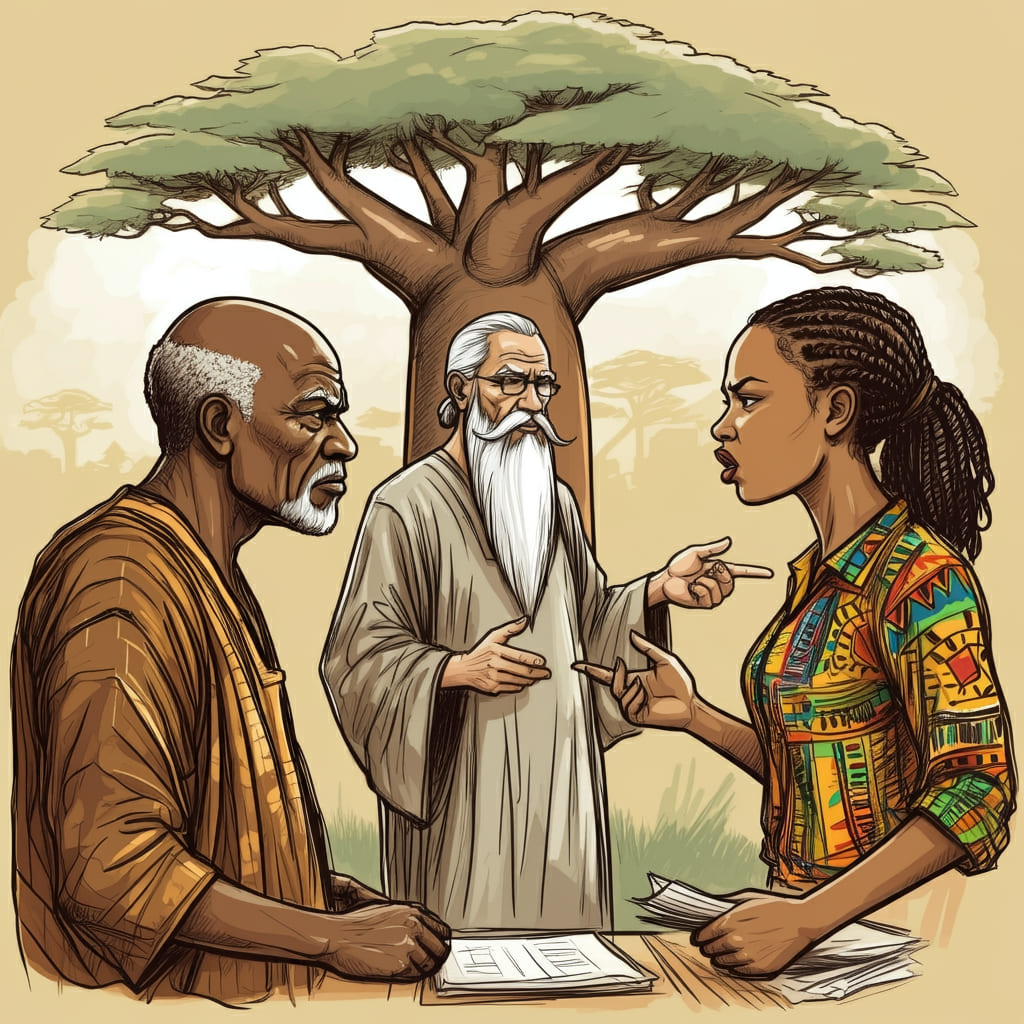
“Two hoes cannot dig in the same field without clashing.” That’s what my dad would say whenever I vented about work conflicts during my first volunteer job. At the time, his words were enough to calm my temper or ease whatever feelings I was wrestling with. As I gained more experience, I realized just how true that saying is. Indeed, two hoes cannot dig in the same field without clashing. But after the clash, how should the farmers move forward? Should the hoes continue clashing because, as the proverb says, they cannot dig without clashing? The answer is no.
This article will briefly explore how these inevitable clashes, these “hoe-clashing” moments can be managed effectively in the workplace. For the purposes of this discussion, let the hoes represent employees and the field symbolize the workplace. Employee clashes (conflicts) are bound to occur in any work environment because we all have different perspectives, interests, and cultural backgrounds.
When conflicts arise in the workplace for any reason, it is crucial to resolve them promptly to ensure a peaceful and conducive work environment; otherwise, productivity may suffer. Various methods can be employed to resolve workplace conflicts, including but not limited to open communication, mediation, formal grievance procedures, or separation.
To illustrate how mediation can be applied in a real-world setting, let’s consider the following scenario:
CASE SCENARIO

Imagine this; You are newly employed and walk into the office, warmly greeting everyone with a “good morning,” but Person X, who is senior to you, doesn’t respond. You choose to ignore it to avoid trouble and focus on your work. However, they continue to make you uncomfortable. they shout at you for not addressing them as “Professor,” they find fault in everything you do, and they even incite other employees against you. Before long, you notice that almost everyone is giving you the cold shoulder. How should you handle this situation? Resign or find a solution?
I would opt to find a solution because, as I’ve learned from my father, running away from your problems doesn’t solve them; it only postpones them.
So, you decide to try open communication to understand why your colleague is behaving this way. You approach them, but they refuse to listen. Frustrated, you consider the company’s formal grievance procedure, but the process is lengthy, and you’re feeling overwhelmed. Just when you think you can’t endure any
longer, a colleague, Person Y, tells you about a certified professional mediator within the company who recently graduated from the Dialogue and Dispute Resolution Institute. Person Y shares that they had a conflict with the secretary, and the mediator was patient, confidential, impartial, objective, and flexible during their session. Encouraged by Person Y’s success, especially seeing how well they now get along with the secretary, you decide to explore mediation.
You manage to convince Person X to try mediation, and you contact the company’s mediator, who sets up a session. During the session, Bwana Mediator, true to Person Y’s words, begins by assuring you of confidentiality, sets the stage, and creates a safe space. He thanks you for choosing mediation before allowing each of you to introduce yourselves. Through his guidance, you both present your perspectives on the dispute, identify the issues, negotiate, and eventually reach a settlement. Within ninety minutes, you and Person X are on speaking terms again, and you feel a sense of relief. You are grateful to Bwana Mediator and feel much more comfortable working with Person X.
From this scenario, we clearly see the vital role of mediation in resolving workplace conflicts.
THE ROLE OF MEDIATION IN RESOLVING WORK PLACE CONFLICTS

Mediation serves as a crucial tool in resolving workplace conflicts by providing a structured, safe, and confidential environment where disputing parties can openly discuss their issues. The mediator, as a neutral third party, facilitates communication between the parties, helping them to identify their underlying concerns and interests. Through mediation, the involved parties can explore various solutions, negotiate terms, and work towards a mutually acceptable agreement.
From the above scenario, mediation played a pivotal role in transforming a tense and uncomfortable working relationship into one where both parties could communicate and collaborate effectively. The mediator’s impartiality, confidentiality, and ability to guide the discussion ensured that the parties felt heard and respected, which was key to reaching a resolution. Within a short time, mediation not only resolved the immediate conflict but also restored a positive working environment, allowing the employees to work together harmoniously.
Mediation is a vital process in the workplace because it helps maintain a peaceful and productive environment. When conflicts arise, mediation provides a constructive approach to addressing and resolving issues before they escalate, which is essential for preserving workplace harmony. By involving a neutral mediator, employees can address their grievances in a safe, confidential setting, promoting open communication and understanding.
In the scenario described, mediation proved to be critical in resolving tensions between colleagues. Instead of allowing the conflict to fester or resorting to resignation, the involved parties were able to reach a satisfactory resolution. The mediation process facilitated a dialogue that might not have happened otherwise, allowing the employees to clear up misunderstandings, negotiate solutions, and restore a positive working relationship.
Moreover, the use of mediation demonstrated its importance in preventing the long-term negative effects of unresolved conflicts, such as decreased morale, reduced productivity, and a toxic work environment. By resolving the conflict through mediation, the workplace not only avoided these potential issues but also strengthened the relationships and communication skills of its employees, leading to a more cooperative and cohesive team.
In conclusion, we might go ahead to create our own proverb and say: “Two hoes may clash in the same field, but mediation turns the thorns into roses.”


